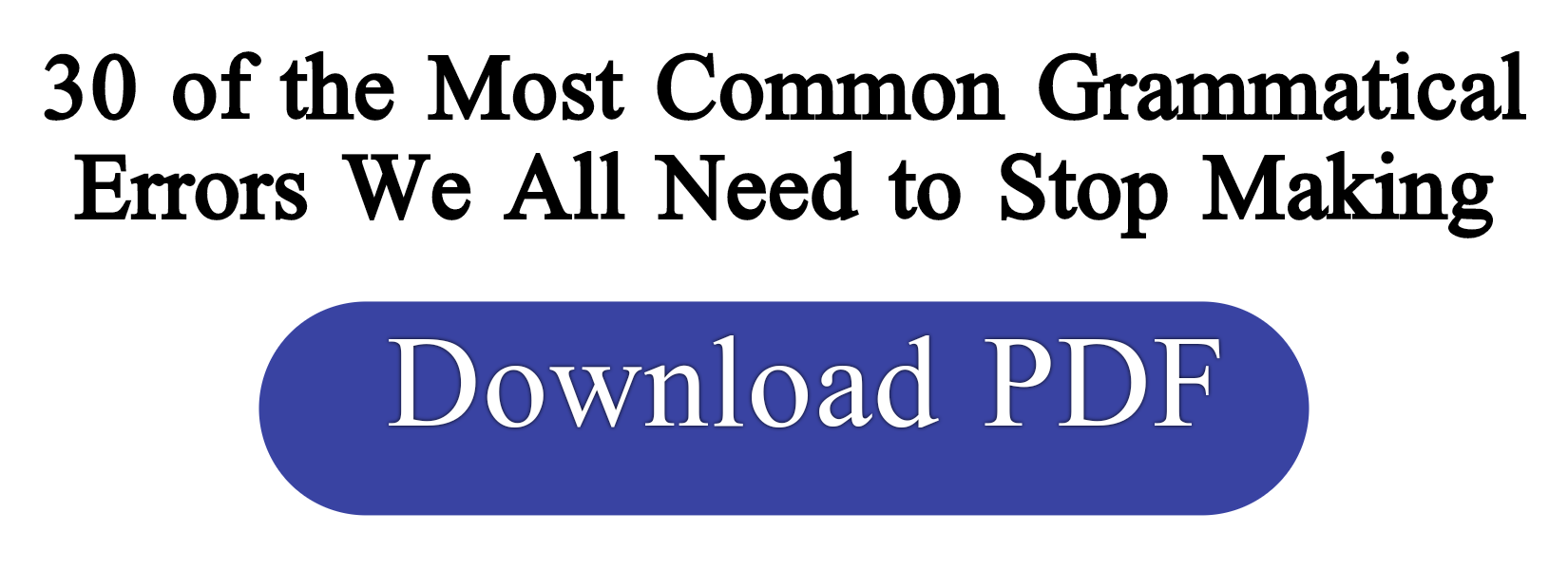Dative
The dative modifies the verb closely and is thus an object. To distinguish it from the accusative (or direct) object, with which it is often connected, we call it the dative (or indirect) object. The dative object indicates that an action or feeling is directed toward a person or thing to his or its advantage or disadvantage. This function is indicated in two ways by a simple noun or pronoun, or by a preposition + the noun or pronoun. The preposition here is a mere formal sign to mark the following noun or pronoun as a dative.We usually call this case the dative of advantage or disadvantage, as in 'He offered (or 'refused') me his support,' but we often call it the dative of reference where the related idea of personal reference is prominent: 'He offered (or 'refused') me his support, but he didn't offer (or 'refuse') it to my brother.' 'It doesn't seem fair to me.' 'His hat is too large for me.' 'He bowed to me.' As in the last three examples, the dative of reference is often used with intransitives.
a. Simple Dative.
We still often employ the simple form of the noun or pronoun: 'This woman is making her little son a new coat.' The dative is recognized by its position before the accusative, the direct object of the verb. It has held its position before the accusative for thousands of years, and its position is so much a characteristic feature of it that we can often recognize it by its position although it often does not have a distinctive form. Sometimes, however, the context alone indicates that the noun or pronoun is performing the dative function: 'The woman who makes a man (dative to the advantage of a man) a good wife also makes him (accusative, direct object of the verb) a good husband.' 'They chose him (dative) a wife,' but 'They chose him (accusative) king.' English is here at its simplest. Form disappears entirely. The context alone distinguishes dative and accusative.b. Prepositional Dative.
This dative has the same force as the older simple dative. As the older dative has lost the distinctive endings that it had in older English the newer form is often preferred as a clearer dative form. It is made by placing the inflectional preposition to or for before the simple noun or pronoun: 'The mother is making a new coat for her boy John. She will give his old one to his little brother.' The mother is sewing for her boy; she is making a new coat for him. She will give it to him when he comes home from school.' The prepositional dative forms with for and to both express advantage here, but the same forms may express also discomfort, disadvantage: 'I set a trap for the mouse.''She gave the scolding this time to the girls, where it properly belonged.' Thus for many centuries the same forms have been used for both advantage and disadvantage. There is a tendency at present to differentiate English expression here to em ploy to and for for advantage and on for disadvantage. On cannot be freely used for disadvantage, but in the colloquial language of our time it is playing an important part: 'He played his father (old simple dative) a mean trick,' or 'He played a mean trick on his father' (new prepositional dative of disadvantage). 'She hung up [the receiver] on him.' 'He turned the light out on them.' 'They raised the rent on us.' The on-dative is common in Irish English, which at this point may be influencing American English.
But for many hundreds of years there has been a similar on in the literary language. It is used for advantage or disadvantage: 'She smiled on me.' 'He turned his back on me.' But the idea of dis advantage is ever becoming more prominent in on; so that on + noun (or pronoun) is developing into a dative of disadvantage worthy of use in choice language: 'His pursuers are gaining on him.' 'This strain is beginning to tell on her.' This distinctive form for disadvantage enables us to express our thought more accurately than in older English.








